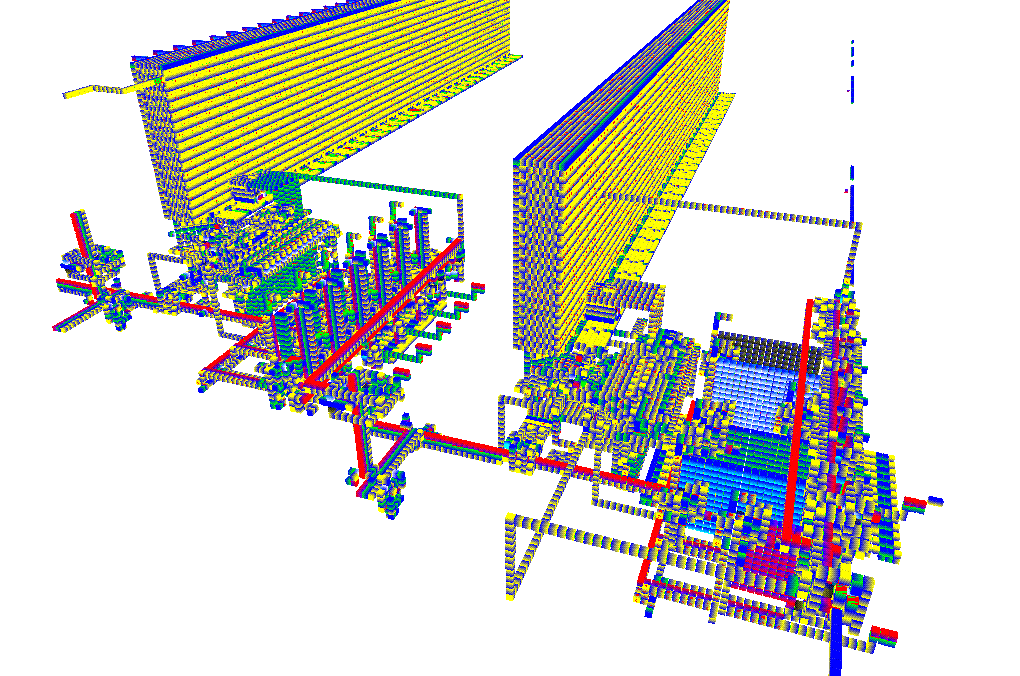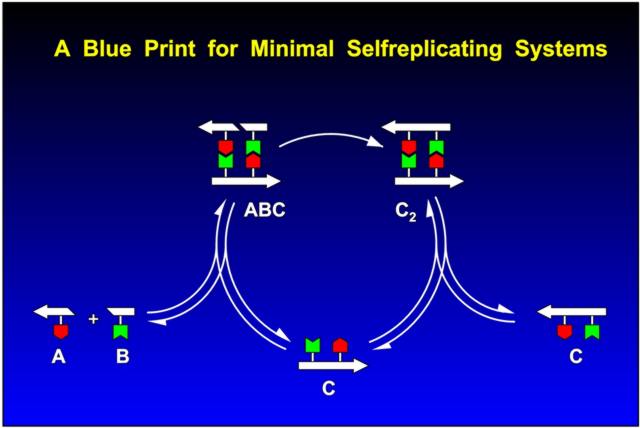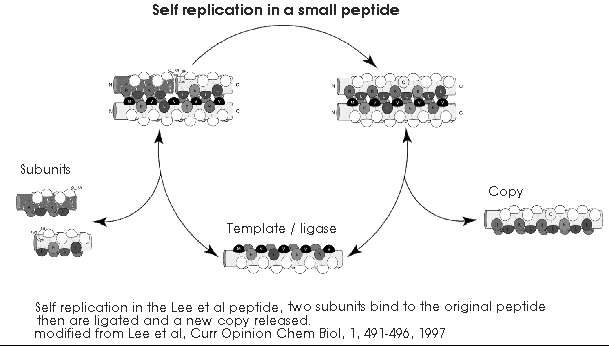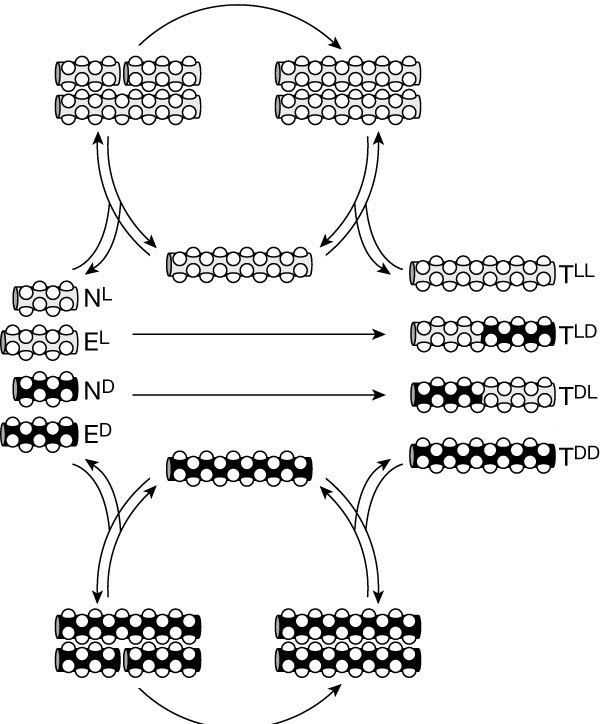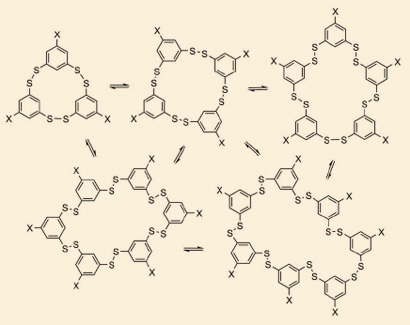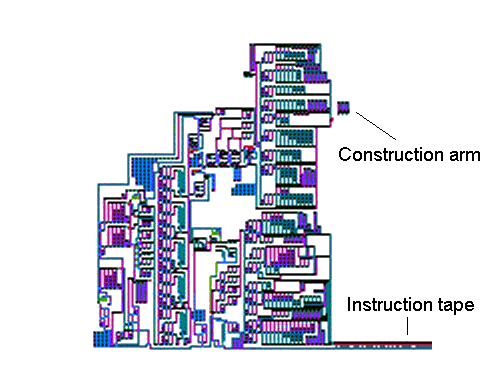Self-replication
Auto Replication ( gr αυτο -, auto-, self ' and Latin replicare, reply ' ) refers to the ability of a system to make a copy of itself with ultimate proportion of external assistance.
The self-replication, however, refers to a completely autonomous reproduction without outside help, although energy and materials always come from the outside, because there is no reproduction from scratch.
Example 1
If a blacksmith using a forge hammer, thus making external aid, the existing hammer can produce a further forging hammer. This is not possible without the blacksmith. So the forging hammer is a autoreplikatives system, the blacksmith is the decisive help from the outside.
The outside assistance may take various forms. In the above example the blacksmith turned almost all the necessary for the construction of a forging hammer components: the blueprints ( from memory ), the energy ( the fire of the forge ), the material (iron or steel), the actuator ( muscle work). Autoreplikative systems are currently the preferred model for molecular manufacturing systems, because in them there is no danger of an accident is, in which the system uncontrollable increased ( also known as run-away accident or gray goo ).
Example 2
A virus is a autoreplikatives system. It can be propagated only with the help of a living cell, since it carries only the necessary for its replication information ( DNA) into itself. The energy, raw materials and various molecular tools (enzymes) must be obtained from the host cell.


